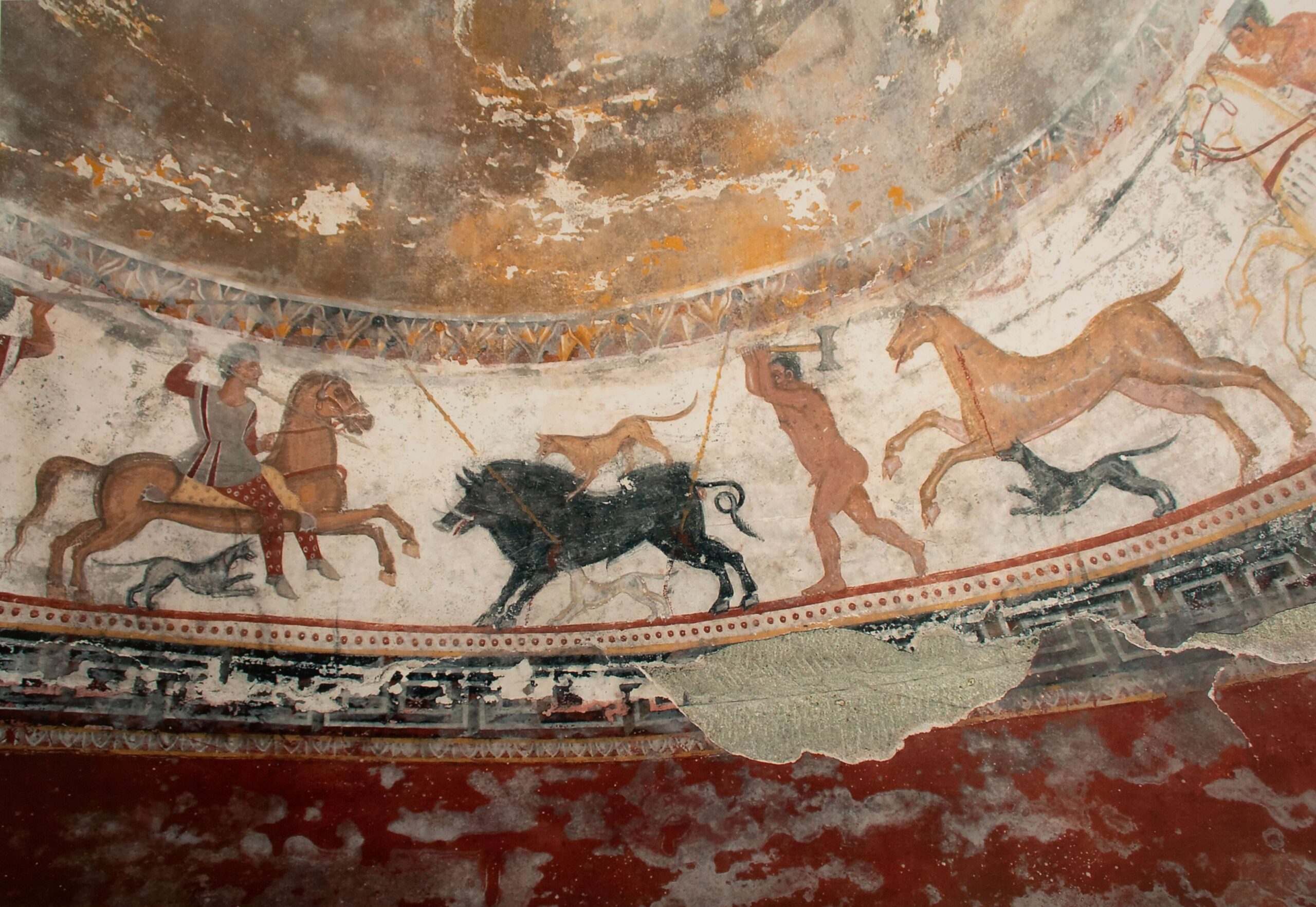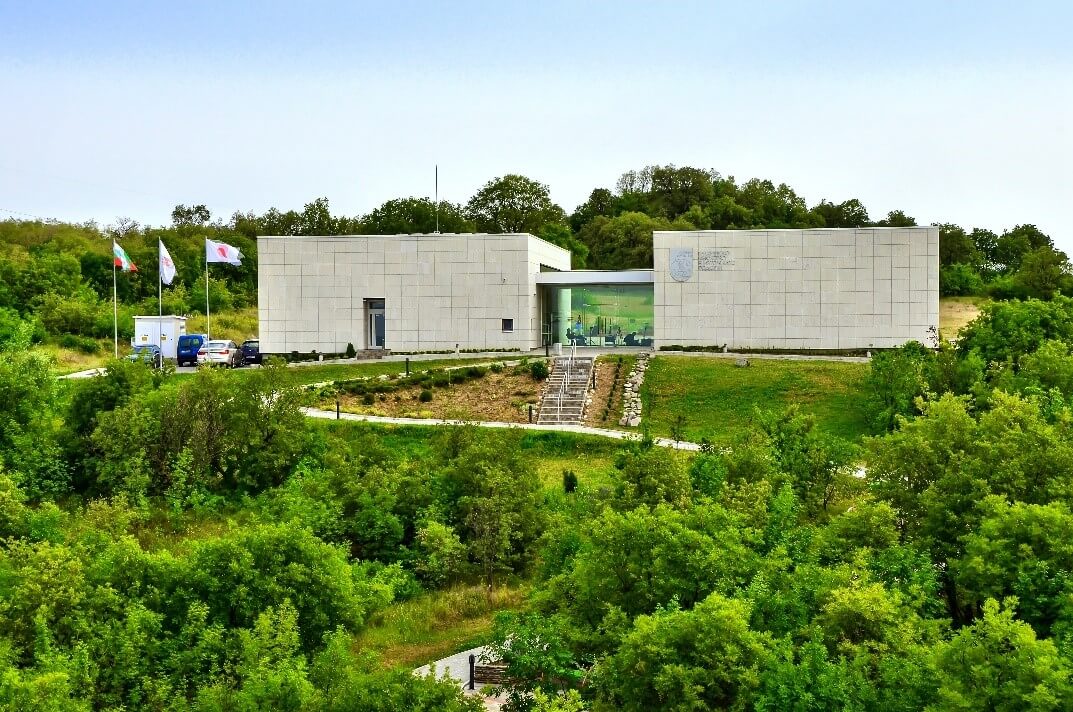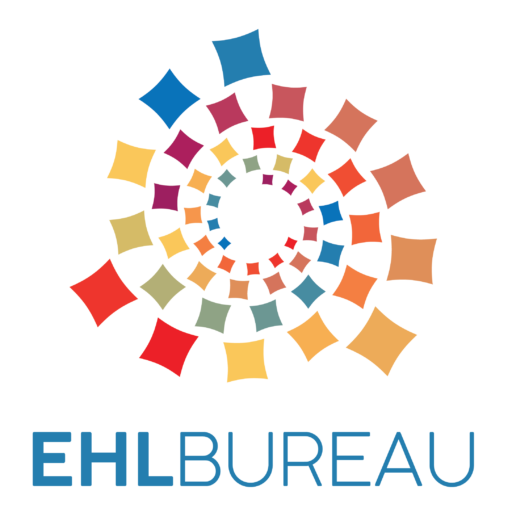This website uses cookies so that we can provide you with the best user experience possible. Cookie information is stored in your browser and performs functions such as recognising you when you return to our website and helping our team to understand which sections of the website you find most interesting and useful.
Thracian Art in Eastern Rhodopes: Aleksandrovo Tomb



The EHL Site
In 2000, Bulgarian archaeologist Dr. Georgi Kitov discovered a unique Thracian tomb near the village of Alexandrovo. Notably, the tomb was originally spotted by treasure hunters before Kitov and his team conducted a detailed excavation.
The tomb, dating back to the 4th century BC, comprises a 15m long, 2.6m high corridor, a rectangular chamber, and a round chamber. It stands out for its masonry of stone blocks, created without solder of iron brackets and lead. The entrances to the chambers are just 1m high, with the transition from the towering corridor to the smaller chambers designed to instill a sense of awe and insignificance, symbolizing the grandeur of the gods or rulers to whom the tomb was dedicated.
Despite its modest size, the tomb functioned as a temple-mausoleum. Miniature stone doors, a stone ritual bed, and iron rods for hanging lamps or curtains suggest ceremonial use by small groups. The patron of this remarkable construction remains unknown, but it’s assumed they held high social and economic status.
The tomb’s murals are its most striking feature. They depict a vibrant world of rich colours, patterns, and motifs, showcasing scenes of hunts, battles, rituals, and everyday life, along with images of humans and animals. The murals, realistic and authentically Thracian, are comparable only to those in the Kazanlak tomb, a UNESCO World Heritage site since 1979.
Among the murals is the earliest known self-portrait in ancient art – a human profile accompanied by the text “Kodzimases Hrestos”, presumably the Thracian artist responsible for the tomb’s artwork.
Today, the tomb is preserved but closed to the public. Thanks to a generous donation from the Japanese government, a replica is housed in the Museum Center of Thracian Art in Eastern Rhodope. Opened in 2009, the museum also features exhibits of other objects found in Eastern Rhodopes, Sakar Mountain, and the Maritsa River valley, including one of the world’s oldest processed gold artifacts. The museum also houses a modern research centre with restoration and conservation laboratories
European dimension
Thracians stand among the creators of Europe and the ancestors of many European cultures. The Museum Center “Thracian Art in the Eastern Rhodopes” presents an exact replica of the Alexandrovo Tomb, built in the IV century BC for a person of high social and economic status and it is unique with its architecture and wall paintings. The detailed and realistic murals are evidence of the Thracian outlook, apparel, weaponry, lifestyle and aspects of religion and culture. Literally, Europe starts here!
The organization
The Regional Museum of History has been established in 1927. It has five scientific departments located in the main building in Haskovo. The exhibitions shown are Archaeology, Ethnography, Bulgarian Revival, Bulgarin History and Modern Bulgarian History. The museum is also managing three traditional houses located withing the city and the Museum Center of Easter Rhodope Mountain.
Paskaleva house is a national heritage and showing an exhibition Urban life after 1888; Kirkovo’s school is a regional heritage showing exhibition of Haskovo’s buditeli (people who worked for the enlightenment and national self-awareness of the Bulgarian people during Bulgarian Revival); Shismanov’s house is also a regional heritage and showing exhibition of Traditional crafts. All exhibitions are of objects, people and sites within Haskovo Region which is the museum mission – to display the richness, beauty and value of the regional culture.
RMH-Haskovo is organizing a lot of activities – temporary exhibitions, including hosting of exhibitions from other museums and organization, programs for children of all ages, some also available in English, different concerts, public lectures and readings, conferences, etc.
In the last 8 tears, the management is focused on renovation of the building and the sites, implementing innovations and capacity building. The staff is constantly working on projects with national and European funds in order to make this 100 years old museum more modern and open for public.
